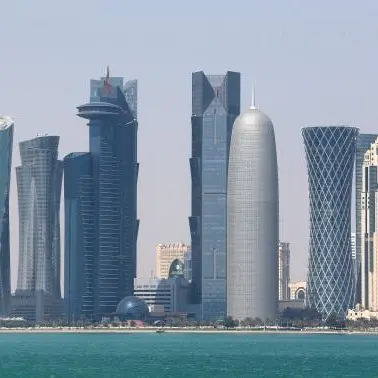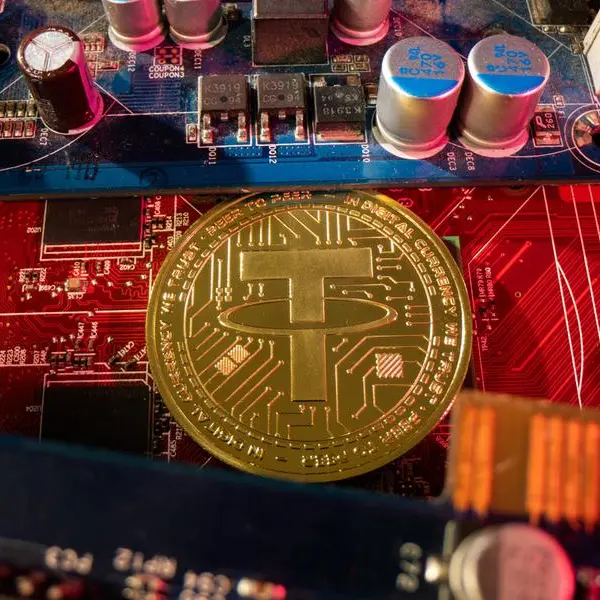PHOTO
SINGAPORE- Somebody is going to be wrong on the outlook for the crude oil price, as the market cannot be well-supplied and increasingly tight at the same time.
The message from Saudi Arabia, the biggest producer in the Organization of the Petroleum Exporting Countries (OPEC), and its ally Russia is that there is no need for extra crude in the market.
However, the word from traders and refiners at the industry's annual gathering in Singapore this week is that the market starting to look short of necessary barrels, and prices are likely to head higher.
Certainly, the recent rise in front-month prices for oil benchmarks such as Brent seem to support the view that the market is tightening.
Brent traded as high as $80.43 a barrel in Asia on Monday, within spitting distance of the intraday peak for the year on May 17, and if it closes above $80 it will the first time this has happened since November 2014.
But the rise in prices doesn't seem to be an issue for Saudi Arabia, with Energy Minister Khalid al-Falih saying after a meeting of OPEC and its allies in Algiers at the weekend that there was no plan to boost output, even though they could if needed.
"The markets are adequately supplied. I don't know of any refiner in the world who is looking for oil and is not able to get it," Falih told reporters after the meeting.
While refiners may be able to get crude oil, they are having to pay more for it, and deal with mounting disruptions to normal supply chains.
The U.S. decision to re-impose sanctions on Iran is already forcing refiners to look elsewhere for supplies of the heavy, sour crudes supplied by the Islamic Republic.
The situation may worsen in the months following November, when the administration of President Donald Trump imposes sanctions on all Iranian exports.
While Iran is unlikely to see a drop to zero exports, initial assessments by several analysts that about 500,000 barrels per day (bpd) of Iranian oil would be lost appear way too optimistic now.
It's possible that Iranian exports may drop by more than 1 million (bpd), and possibly even as high as 2 million bpd, as major customers with the possible exception of China switch to alternatives.
Add to this the loss of Venezuelan oil because of mounting economic and political problems, and ongoing conflict-related disruptions in Libya, and suddenly the market doesn't look that well-supplied any more.
A further complicating factor is the U.S. trade dispute with China, which is likely to result in Chinese refiners buying less crude from the United States, disrupting what had become a significant trade flow.
While it's possible that refiners around the world will be able to juggle their supplies to work around the politically-created disruptions, this is likely to come at a cost.
$100 OIL COMING
As always, quantifying that cost is difficult, but the co-head of oil trading at Trafigura, Ben Luckock, on Monday told the Asia Pacific Petroleum Conference, hosted by S&P Global Platts, that a price of $90 a barrel by Christmas and $100 by New Year was possible.
Crude oil price curves are currently in backwardation, with front-month contracts more expensive that later-dated futures.
Backwardation is normally a sign of a tight market, as traders and consumers are prepared to pay more in order to assure supplies in the near term.
But if prices really are expected to rise sharply in the coming months on the back of the U.S. sanctions against Iran, it may make sense to buy longer-dated oil at the current prices.
Looking at prices that more closely track Iranian crude, such as Oman futures on the Dubai Mercantile Exchange and physical Dubai swaps, and some interesting trends emerge.
The Oman forward curve: has seen backwardation steepen in the past month, with the front-month contract now at a premium of $2.95 to the six-month future, up from $1.88 a month ago.
However, comparing the paper Oman contract to physical Dubai shows that the forward curve for the physical market is not as steeply backwardated.
Currently, Dubai swaps for November are at $75.95 a barrel, a premium of $2.07 to the April contract.
What may be happening is that physical oil consumers, such as refiners, are locking in supplies further along the curve in anticipation of price rises, while the front-end of the paper markets are being driven higher by investor flows seeking to take advantage of increasing media coverage of a tighter market.
But once the U.S. sanctions on Iran take full effect, it will become clearer whether the Saudis are correct that the market is well-supplied, or whether the traders have picked a winner in tipping higher prices.
(Editing by Christian Schmollinger) ((clyde.russell@thomsonreuters.com)(+61 437 622 448)(Reuters Messaging: clyde.russell.thomsonreuters.com@reuters.net))












